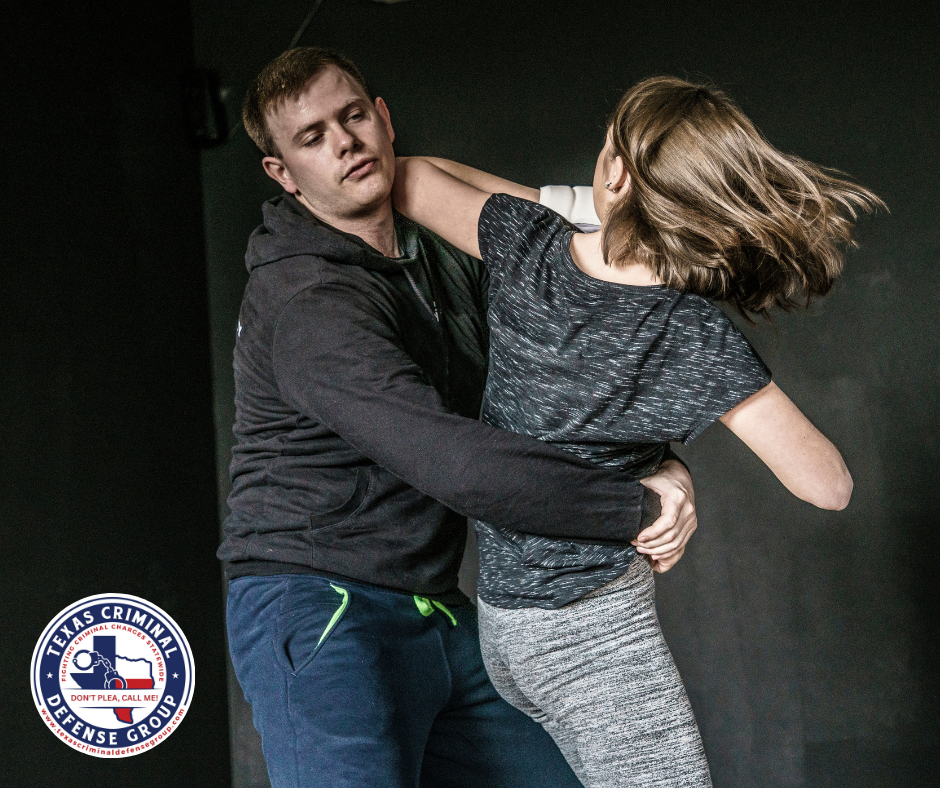
The Difference Between Self-Defense and Assault
Determining whether a physical altercation is self-defense or assault can be challenging. Knowing when you’ve crossed the line in defending yourself or others is not easy. And unfortunately, there are times when physical violence is unavoidable.
If someone physically attacks you, you have the right to defend yourself legally. But it’s important to understand that there are specific limits to this right. The difference between self-defense and assault plays a big role in how your legal case unfolds.
Explaining the difference between self-defense and assault means talking about what actions are legally fine when you’re protecting yourself. Recognizing that actions beyond these limits might be considered assault helps you understand this legal boundary better.
Assault vs. Self-Defense
In Texas, the distinction between assault and self-defense hinges on specific legal criteria.
Physical Assault
Defined under Texas law, it encompasses intentional, knowing, or reckless threats, offensive physical contact, or causing bodily injury. Various assault charges exist, with simple assault typically being a misdemeanor but escalating to a felony in certain situations.
Assault occurs when violence exceeds necessary levels or when there’s no immediate threat to the person charged with assault. Without a valid reason to fear for one’s safety, aggressive actions and violence are not classified as self-defense.
Self-Defense
Texas Penal Code 9.31, known as the “stand your ground” law, establishes the right to cause bodily harm or threaten someone if genuinely believed to be the only way to protect oneself from another’s use or attempt to use unlawful force.
Self-defense, a concept rooted in physical force to counteract violence, operates within the boundaries of provocation. For instance, if you hit someone first because they threatened to strike you, it wouldn’t be considered self-defense, even if they threatened you verbally beforehand.
Elements of Self-Defense
In Texas, just like in many other places, you have the right to defend yourself. The self-defense rules in Texas are in the Penal Codes under things such as “justifications that exclude criminal responsibility” or other defenses for violent crimes. The legal language is quite lengthy and introduces essential definitions and ideas that shape how we understand self-defense.
Some of the key aspects include:
- Reasonable amount of force: If you think you’re in danger, the amount of force you use to protect yourself should be fair. It means your reaction should make sense based on how much danger you believe you’re in.
- Reasonable belief: The idea of “reasonable belief” is crucial in the law. It means your actions should be based on the sensible thought that using force is needed for protection. What’s seen as “reasonable” depends on the situation and is decided case by case.
- Castle Doctrine: In 27 states, like Texas, the Castle Doctrine lets you use force, even deadly force, without having to run away if someone breaks into your home, car, or workplace.
When Does Self-Defense Cross into Assault?
Self-defense is generally considered lawful as long as it is a reasonable response to an immediate threat of harm. However, there are instances where what may appear as self-defense could be considered assault under certain circumstances. Some situations include:
- Using Too Much Force: If the level of force used is deemed excessive and goes beyond what is reasonably necessary to protect oneself.
- Retaliation: Striking someone because of something harmful they said can escalate the situation.
- No Immediate Danger: If there’s no immediate danger to your safety, using force might not be considered self-defense and could be seen as assault.
- Proactive Aggression: If you initiate a fight and use force without a valid reason, claiming self-defense later on.
- No Reasonable Belief: If there is no reasonable belief that using force is necessary to protect.
Legal Defensive Defense Against Assault
In Texas, the law recognizes various defenses against assault charges. While there may not be three distinct types universally categorized, here are three common defenses individuals may use against assault charges in Texas:
Self-Defense:
Texas law allows individuals to use force, including deadly force, to protect themselves or others from imminent harm. The key is that the force used must be reasonable and proportional to the perceived threat. If someone can demonstrate that they acted in self-defense, it may serve as a valid defense against assault charges.
Defense of Others:
Similar to self-defense, individuals in Texas have the right to use force to protect others from imminent harm. If someone reasonably believes that another person is in immediate danger and uses force to prevent harm, this defense may be applicable.
Consent:
If the person you’re accused of hurting agreed to it, that might be a defense against assault charges. However, this defense typically doesn’t apply if there’s a serious injury or in specific situations.
Arrested? Don’t Plea, Call Me!
When you encounter legal issues due to actions taken in self-defense, the situation can become quite overwhelming. At times, what you perceived as self-defense could appear as if you were overly aggressive.
This is the point where a criminal defense lawyer becomes necessary. They’re legal experts who can help explain exactly what happened and make sure everyone understands. When it’s hard to tell if you were protecting yourself or being too aggressive, a skilled attorney is crucial to make everything clear.
If you get into a situation where you have to protect yourself and you’re facing legal trouble, it’s not just a good idea but often really necessary to talk to a lawyer who knows a lot about criminal defense. They know a lot about the law and can use it to protect your rights and build a strong defense strategy.
